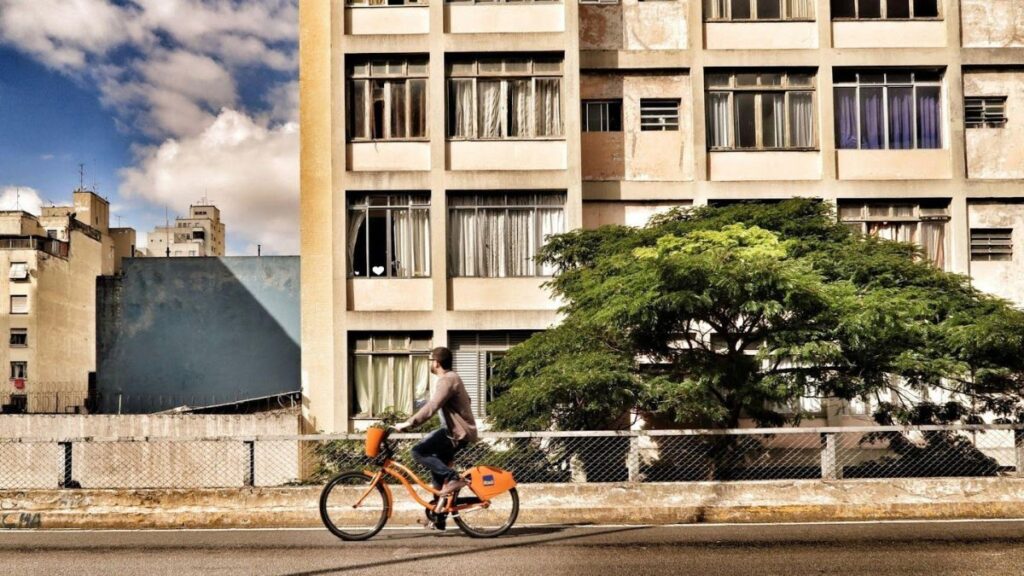Urban life in the United States is undergoing a rapid transformation. With growing populations, increased mobility, and heightened safety concerns, city governments are turning to advanced technologies to maintain public order and protect citizens. Among the most impactful of these technologies is the AI-powered face recognition camera—a tool reshaping public safety operations in metropolitan areas across the country.
Understanding Face Recognition Technology
Face recognition technology uses artificial intelligence to analyze facial features and match them against databases for identity verification or threat detection. When integrated with modern surveillance systems, these cameras enable real-time monitoring, automated alerts, and rapid incident response.
Unlike conventional CCTV setups that rely on human observation, facial recognition security cameras operate autonomously. They scan large crowds, identify persons of interest, and trigger alerts instantly. The use of machine learning allows the system to improve accuracy over time, making it ideal for complex urban environments.
Adoption Across Major U.S. Cities
Several cities in the United States have already implemented facial recognition to support public safety goals:
- New York City: Law enforcement uses face recognition to track suspects and secure public transportation hubs and large-scale events like the NYC Marathon.
- Chicago: The city has deployed the technology in crime-prone neighborhoods and downtown areas to monitor for repeat offenders and known threats.
- Los Angeles: Integrated into smart city infrastructure, facial recognition is helping coordinate between traffic management and public safety units.
These examples reflect a nationwide trend toward using intelligent surveillance to address urban safety, crowd control, and emergency preparedness.
Benefits for Public Safety
1. Crime Prevention and Identification
One of the key benefits of facial recognition security camera is real-time identification of individuals flagged in criminal databases. These systems scan thousands of faces in seconds, helping police act quickly before an incident escalates. Providers like Coram offer scalable, AI-powered facial recognition systems built for high-traffic environments like schools, airports, and commercial districts.
2. Locating Missing Persons
AI-enhanced surveillance systems can help locate missing children, vulnerable adults, or individuals with cognitive disorders. Once a facial image is uploaded into the system, cameras throughout the city can identify a match and immediately alert authorities.
3. Traffic and Crowd Control
When combined with automated license plate readers and behavioral analytics, face recognition technology helps cities like San Francisco and Dallas manage large crowds during sports events, parades, or protests. These systems assist in preventing stampedes, monitoring suspicious behavior, and facilitating smoother public movement.
4. Enhanced Emergency Response
During emergencies, law enforcement can use facial recognition to identify victims, track evacuation routes, and assess unfolding situations in real time. Integration with 911 dispatch systems helps emergency services coordinate more efficiently.
Challenges and Ethical Considerations
Despite its capabilities, face recognition raises several ethical concerns in the U.S.:
- Privacy Invasion: The deployment of facial recognition in public spaces—especially without proper notice—raises issues around individual privacy and government surveillance.
- Data Security: Storing biometric data requires stringent cybersecurity and compliance with laws like the California Consumer Privacy Act (CCPA) and HIPAA for sensitive zones like hospitals.
- Algorithmic Bias: If not properly trained, facial recognition systems may yield higher error rates for certain racial or gender groups, leading to false accusations or misidentification.
Cities must ensure transparent deployment, community oversight, and robust legal frameworks to mitigate these risks.
The Role of Local Innovation and Compliance
Unlike in some countries where foreign surveillance technologies dominate the market, the U.S. benefits from local providers who prioritize compliance and data sovereignty. American-made systems from providers like Coram offer end-to-end encryption, NDAA compliance, and real-time AI analytics, designed specifically to meet U.S. legal standards and ethical expectations.
These systems not only offer technical reliability but also provide localized support, integration with city-level IT infrastructure, and better alignment with American civil liberties.
The Future of Public Safety: Predictive Surveillance
The next frontier of facial recognition lies in predictive analytics. By analyzing contextual data such as time of day, behavioral cues, and historical movement patterns, AI can flag potentially dangerous situations before they occur.
Imagine a system that recognizes a masked individual loitering near a school entrance outside operating hours and alerts authorities before any confrontation takes place. This predictive layer enhances real-time capabilities and allows for preventive actions rather than reactive measures.
Conclusion
Face recognition security cameras powered by AI are quickly becoming foundational to smart urban safety strategies in the United States. From crime prevention and crowd management to emergency response, these tools offer powerful ways to safeguard modern cities.
However, success depends on responsible deployment—backed by ethical oversight, robust data protection laws, and public transparency. With providers like Coram leading the way in U.S.-made surveillance solutions, cities can strike the right balance between innovation and accountability, making urban life safer and smarter for all.
FAQs
Q1: Are face recognition cameras used in public places in the U.S.?
Yes, cities like New York, Chicago, and Los Angeles use these systems in transportation hubs, schools, and public venues to enhance safety.
Q2: Are these systems legal?
Their legality depends on local and state laws. Some states have passed restrictions on facial recognition, while others use it extensively with privacy safeguards.
Q3: How accurate are modern systems?
With continuous AI training and quality camera inputs, most systems offer high accuracy and low latency, capable of identifying faces within seconds.
Q4: Can they be used in schools or hospitals?
Yes, provided they comply with FERPA, HIPAA, and state-level privacy laws. Many systems integrate with access control and emergency management software.
Q5: What makes American-made solutions preferable?
U.S.-based providers like Coram offer greater transparency, NDAA compliance, and data localization—ensuring security and privacy under U.S. regulations.






